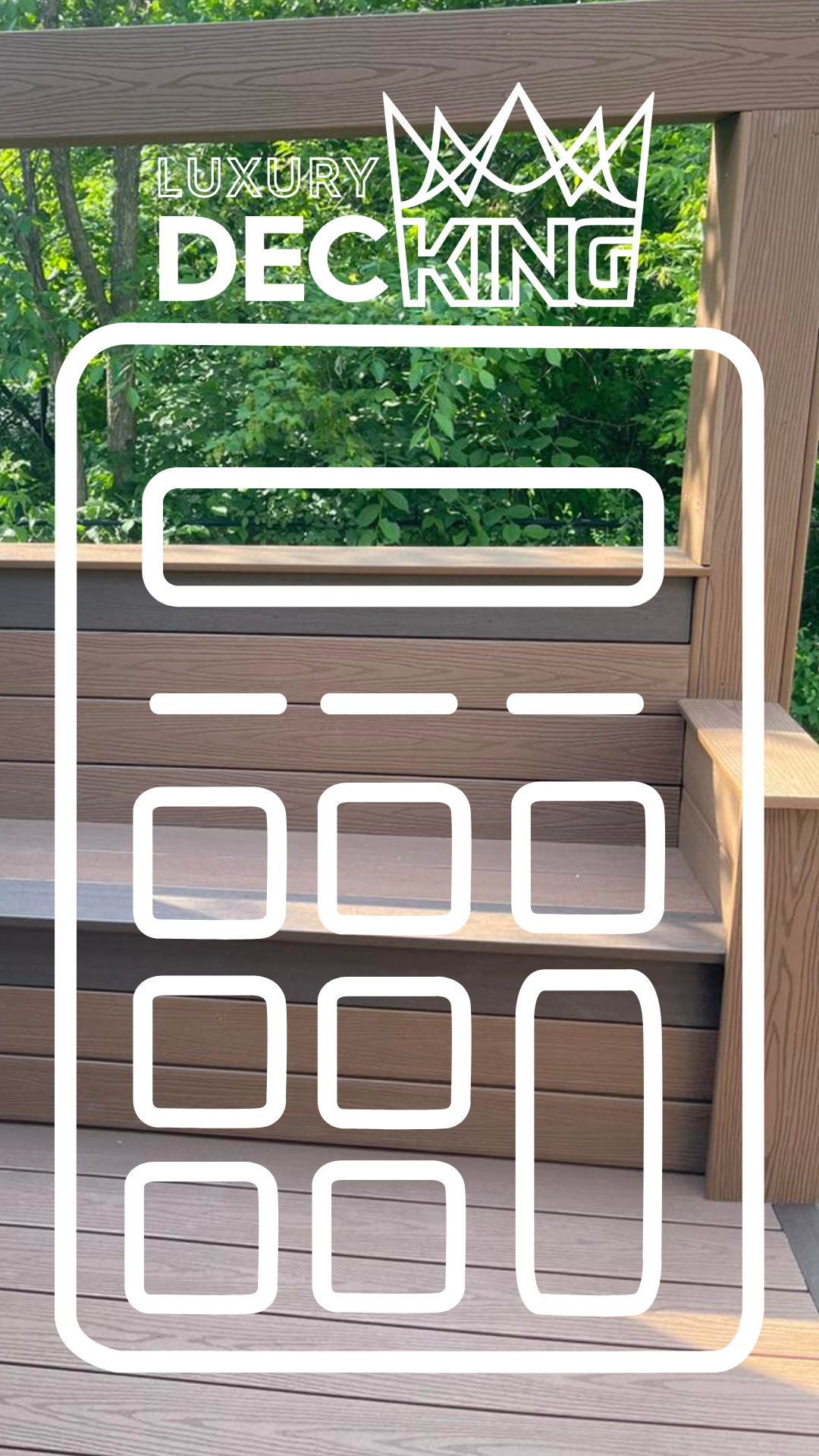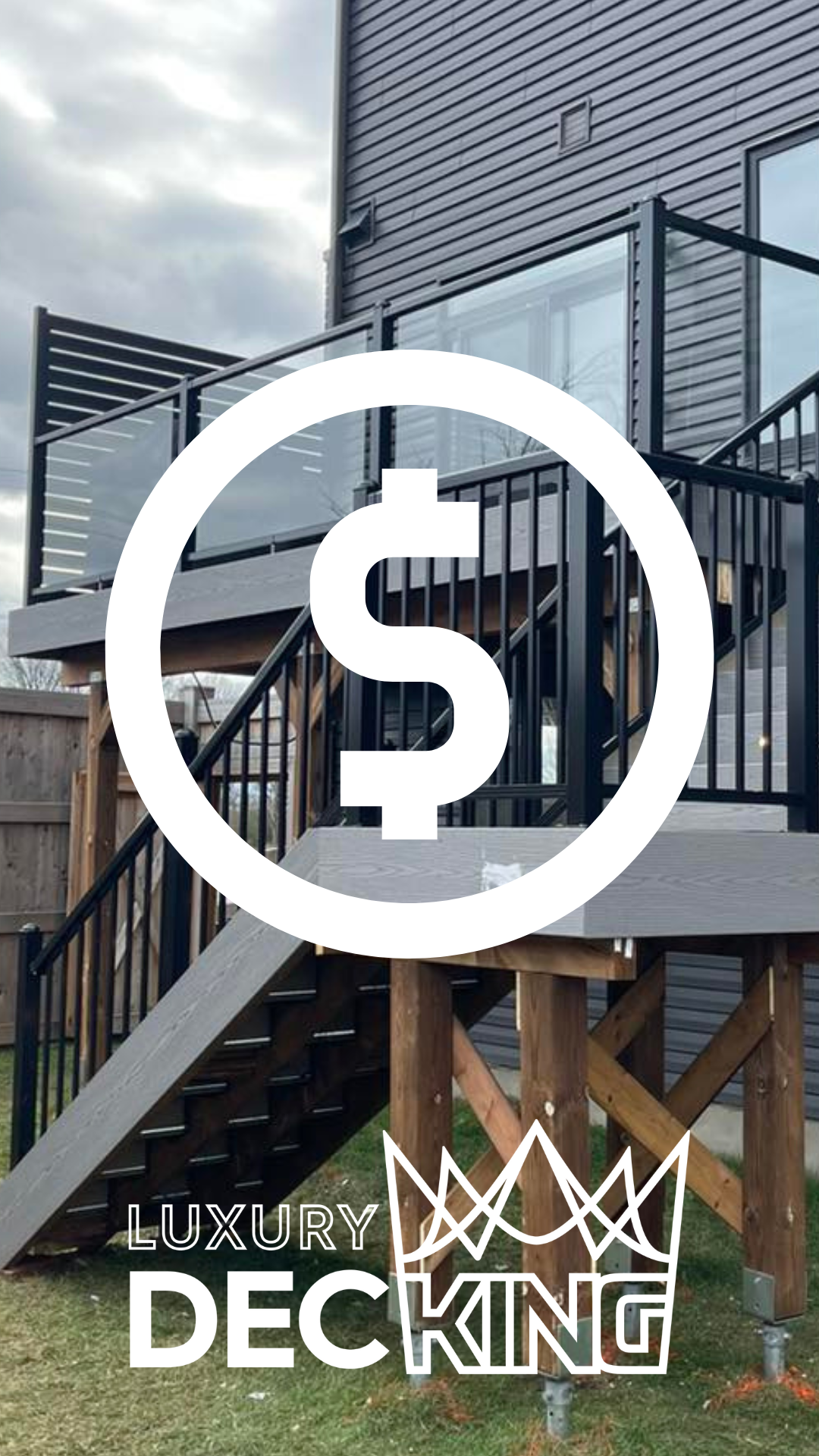Deck Railing Ramp in Ottawa: Enhancing Accessibility
In the heart of Ottawa, where the iconic architecture blends seamlessly with the natural beauty of the surroundings, creating accessible outdoor spaces is a priority. For homeowners and businesses alike, the installation of a deck railing ramp is a transformative addition that not only complies with accessibility standards but also enhances the overall inclusivity and usability of outdoor spaces. In this comprehensive guide, we explore the significance of deck railing ramps in Ottawa, the design considerations, and the impact they have on fostering an accessible community.
The Essence of Accessibility in Ottawa
1. Inclusive Outdoor Living:
- Ottawa, known for its vibrant neighborhoods and diverse communities, places a high value on inclusive outdoor living. The installation of deck railing ramps aligns with the city's commitment to creating spaces that cater to the needs of all residents and visitors.
2. Legal Requirements and Standards:**
- Ottawa adheres to national and provincial accessibility standards, and homeowners and businesses are expected to comply with these regulations. The inclusion of deck railing ramps ensures that outdoor spaces are accessible to everyone, regardless of their mobility challenges.
Design Considerations for Deck Railing Ramps
1. Gradient and Slope:
- One of the critical considerations in deck railing ramp design is the gradient or slope. Ottawa's building codes specify the maximum allowable slope for ramps to ensure ease of use and safety. Designing ramps with a gradual slope ensures that individuals using mobility aids, such as wheelchairs or walkers, can navigate the ramp comfortably.
2. Handrails for Support:**
- Handrails play a crucial role in providing support and stability for individuals using the ramp. Ottawa's guidelines dictate the height, location, and construction of handrails to enhance safety. Properly designed handrails contribute to a sense of security for those navigating the ramp.
3. Surface Material and Traction:**
- Ottawa experiences diverse weather conditions throughout the year, including snow and ice in winter. Choosing appropriate surface materials with adequate traction is essential to prevent slips and falls. Composite materials, textured surfaces, or anti-slip coatings are popular choices for deck railing ramps in Ottawa.
4. Landing Platforms:**
- To ensure a smooth and safe transition between different levels, landing platforms are incorporated into the design of deck railing ramps. These platforms provide a resting point and allow individuals to navigate the ramp comfortably. The size and placement of landing platforms are carefully considered to meet accessibility standards.
5. Illumination for Safety:**
- Ottawa's varying daylight conditions, especially during winter months, highlight the importance of proper illumination. Incorporating lighting elements along the deck railing ramps ensures safe navigation, even during darker hours. This consideration aligns with both safety standards and the practical needs of the community.
Impact on Community Inclusivity
1. Empowering Individuals with Mobility Challenges:
- Deck railing ramps empower individuals with mobility challenges to access outdoor spaces independently. Whether it's a residential deck or a commercial establishment, the inclusion of ramps fosters a sense of autonomy and inclusivity for everyone.
2. Aging in Place:**
- Ottawa, like many cities, has a growing aging population. Deck railing ramps enable individuals to age in place comfortably. Homes equipped with accessible outdoor spaces become more adaptable to the changing needs of residents, contributing to the overall well-being of the community.
3. Social Interaction:**
- Accessible outdoor spaces encourage social interaction among all members of the community. Whether it's a neighborhood gathering or a family event, the presence of deck railing ramps ensures that everyone can participate in and enjoy communal activities without barriers.
4. Compliance with Accessibility Policies:**
- Ottawa's commitment to accessibility is reflected in various policies and initiatives. The installation of deck railing ramps aligns with these policies, showcasing a dedication to creating an inclusive environment that meets or exceeds established standards.
Implementation Challenges and Solutions
1. Space Constraints:
- In urban settings where space may be limited, designing deck railing ramps that optimize available space becomes crucial. Professional designers and builders in Ottawa employ innovative solutions, such as switchback ramps or compact designs, to address space constraints while maintaining accessibility.
2. Historical Preservation Considerations:**
- Ottawa, with its rich history and heritage buildings, may pose challenges when integrating modern accessibility features. Designing deck railing ramps that respect the historical significance of a property while meeting contemporary accessibility standards requires a thoughtful and collaborative approach.
3. Budgetary Considerations:**
- Budget constraints can be a challenge for both homeowners and businesses looking to enhance accessibility. Ottawa-based builders and designers work closely with clients to find cost-effective solutions that meet accessibility requirements without compromising safety or aesthetics.
Community Initiatives and Public Spaces
1. Public Parks and Recreation Areas:
- Ottawa's public parks and recreation areas strive to be inclusive and accessible to all. The incorporation of deck railing ramps in these spaces allows residents and visitors, regardless of their mobility, to enjoy the natural beauty and recreational opportunities the city has to offer.
2. Local Business Compliance:**
- Ottawa's local businesses, recognizing the importance of accessibility, are investing in deck railing ramps to comply with regulations and create welcoming spaces for all customers. This commitment to inclusivity contributes to a positive and supportive business environment.
Testimonials and Success Stories
1. Residential Accessibility Transformations:
- Homeowners in Ottawa who have invested in deck railing ramps share their stories of transformation. These testimonials highlight how the addition of ramps has not only improved accessibility but also enhanced the overall quality of life for residents.
2. Commercial Establishments Leading the Way:
- Ottawa's commercial establishments, from restaurants to retail stores, share success stories of implementing deck railing ramps. These businesses have witnessed increased foot traffic, positive community feedback, and a stronger reputation for being inclusive and accommodating.
Future Trends in Accessibility
1. Smart Accessibility Solutions:
- Ottawa's commitment to innovation extends to accessibility solutions. The incorporation of smart technologies, such as sensor-activated lighting and automated ramp systems, represents a future trend that enhances both safety and efficiency for individuals with mobility challenges.
2. Community-Led Initiatives:**
- Ottawa's neighborhoods are witnessing community-led initiatives that prioritize accessibility. From grassroots efforts to involve residents in the planning process to collaborative projects between local businesses and advocacy groups, these initiatives are shaping the future of accessible outdoor spaces.
Conclusion: Ottawa's Accessible Horizon
In the dynamic landscape of Ottawa, where tradition meets modernity and inclusivity is a core value, the installation of deck railing ramps plays a pivotal role in shaping the accessible horizon. As homeowners, businesses, and public spaces embrace the importance of creating environments that cater to the needs of all individuals, the city's outdoor spaces become more welcoming, more vibrant, and more interconnected. Ottawa's commitment to accessibility is not just about meeting regulations; it's a reflection of a community that values diversity, embraces innovation, and aspires to create a city where everyone can thrive, regardless of their mobility. The journey towards an accessible Ottawa continues, with deck railing ramps serving as essential contributors to a future where outdoor spaces truly belong to everyone.









